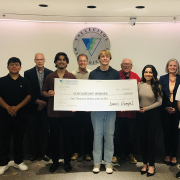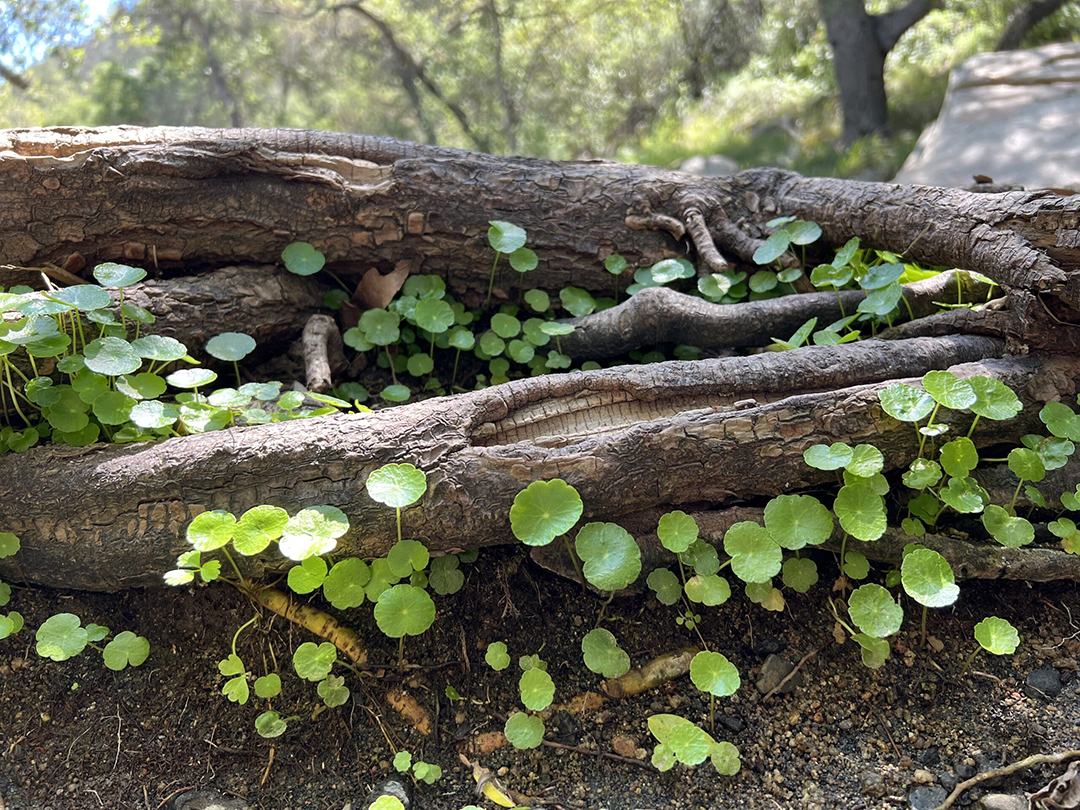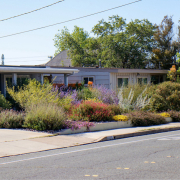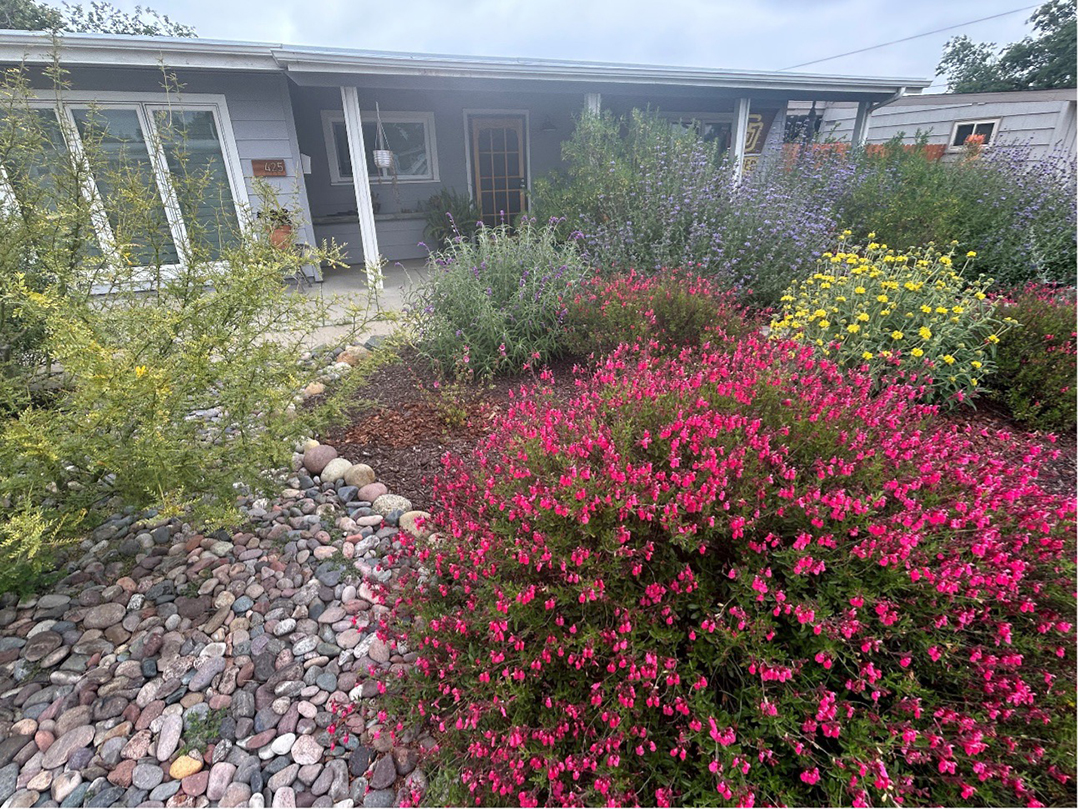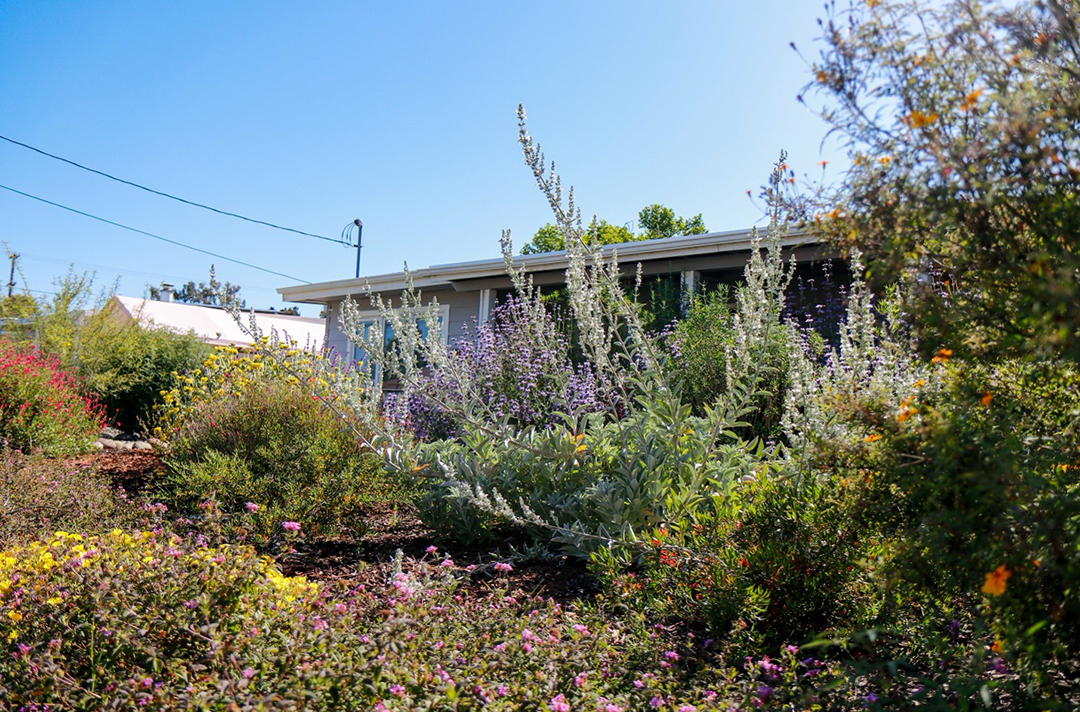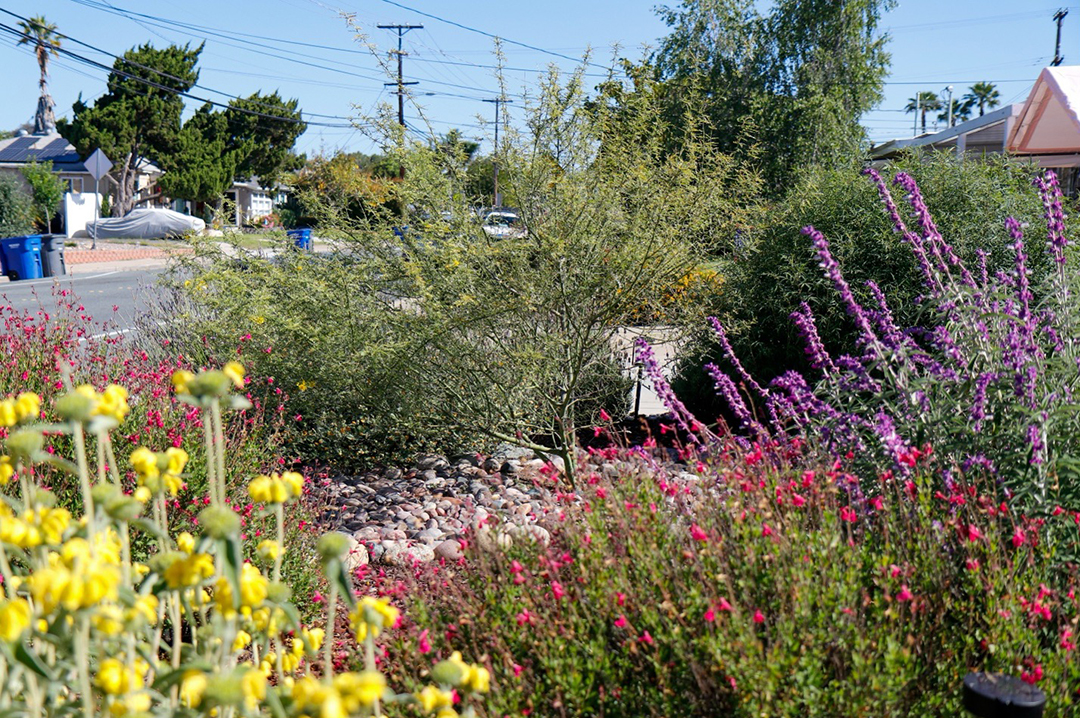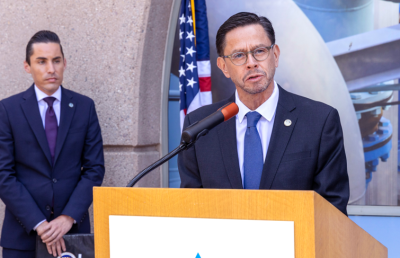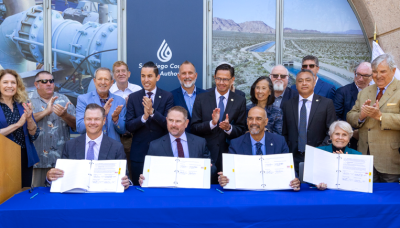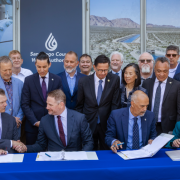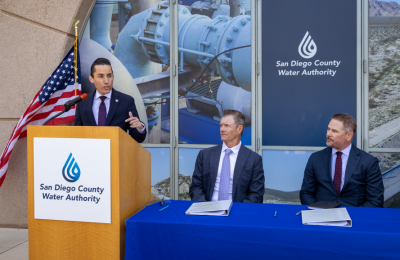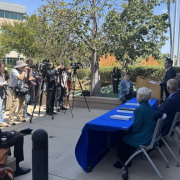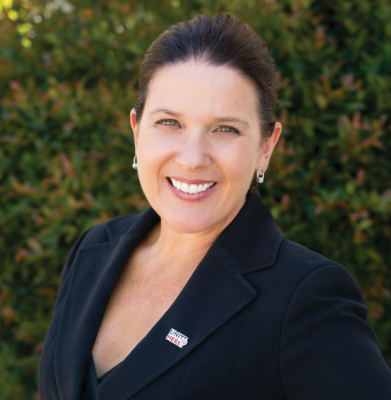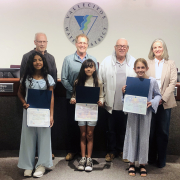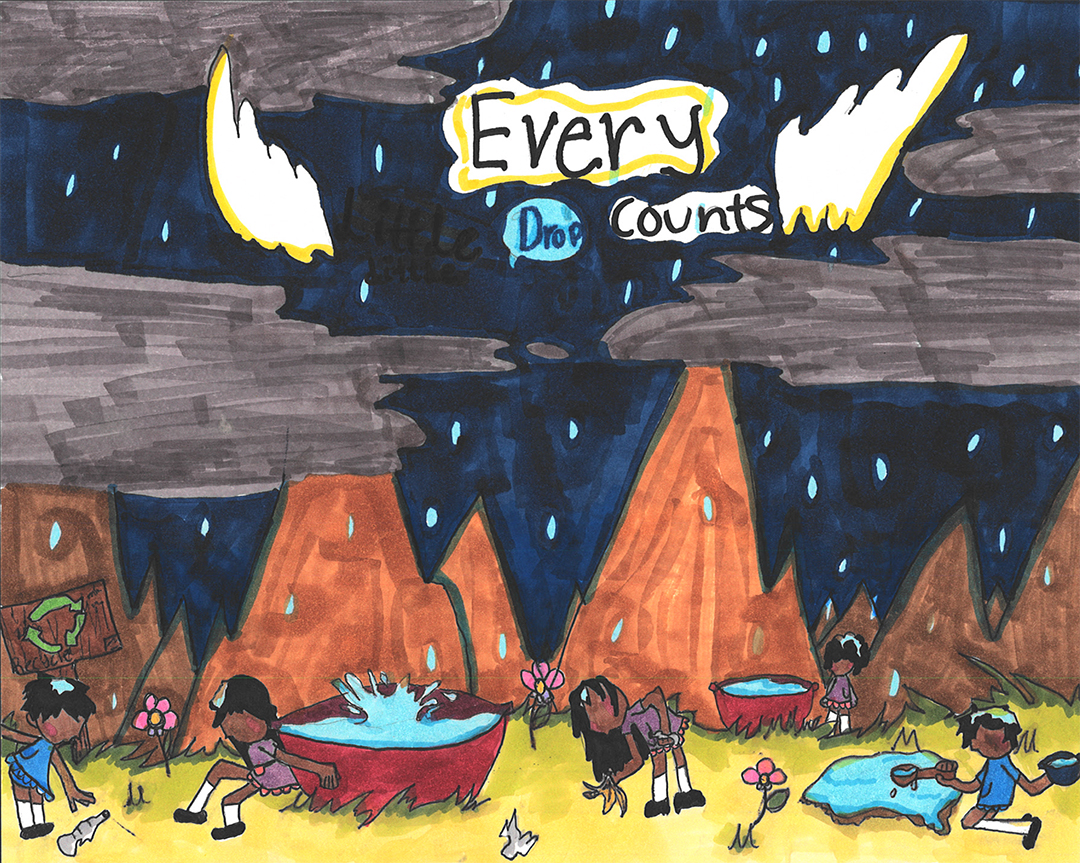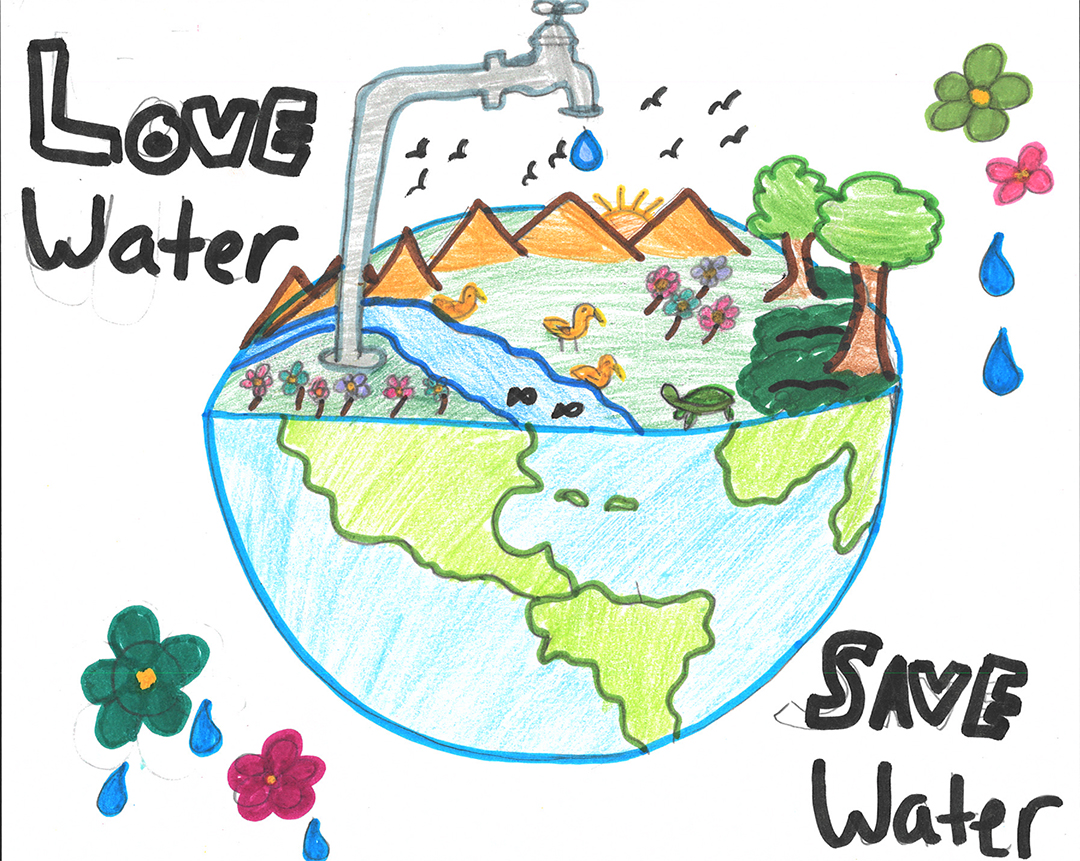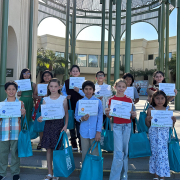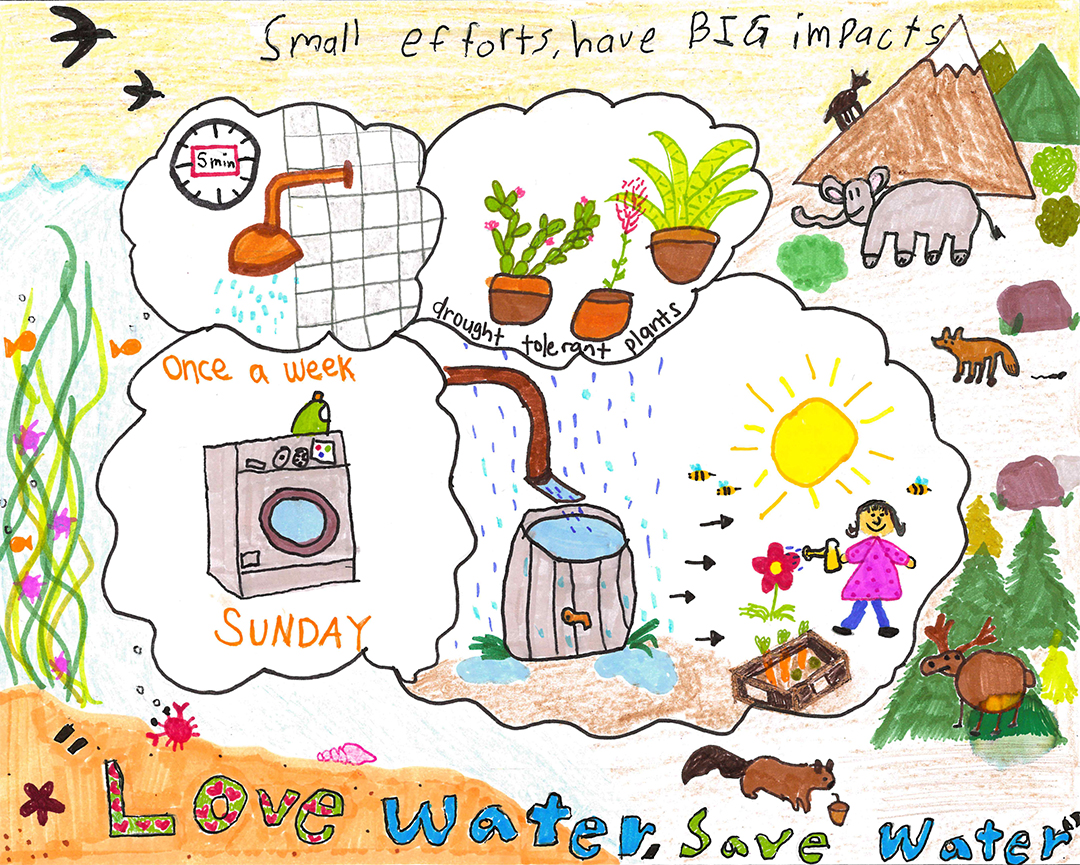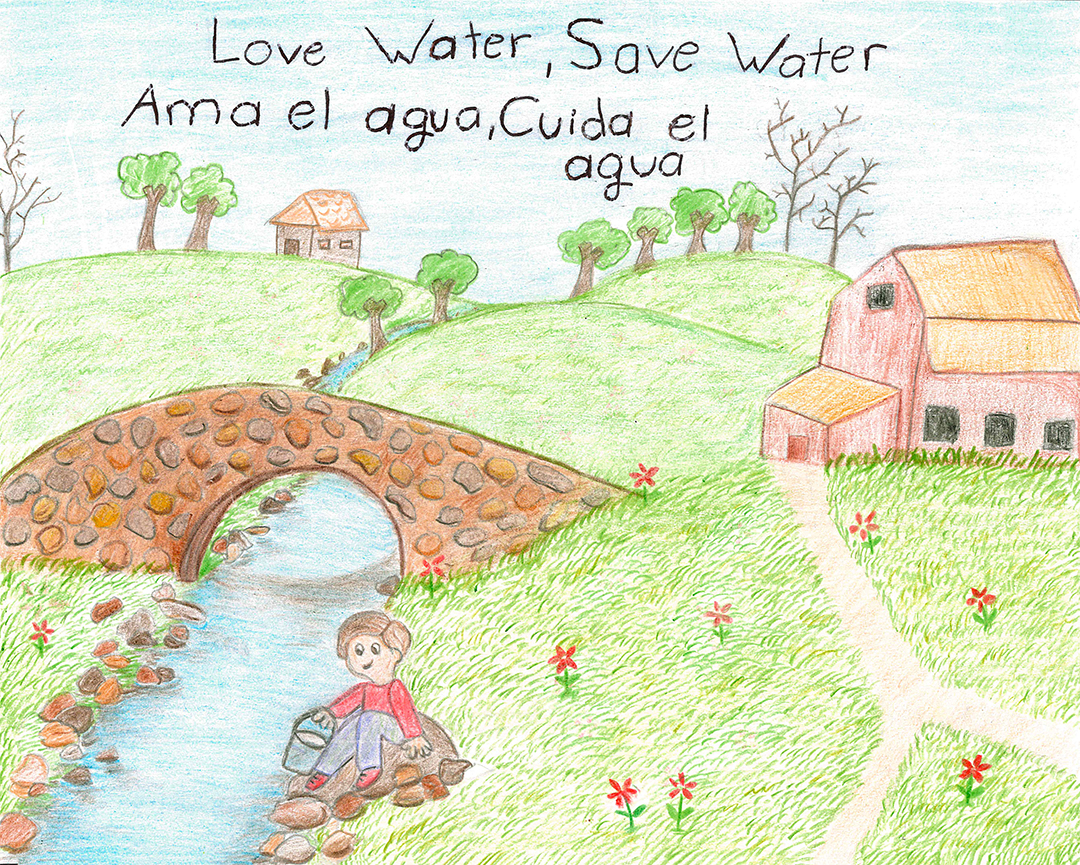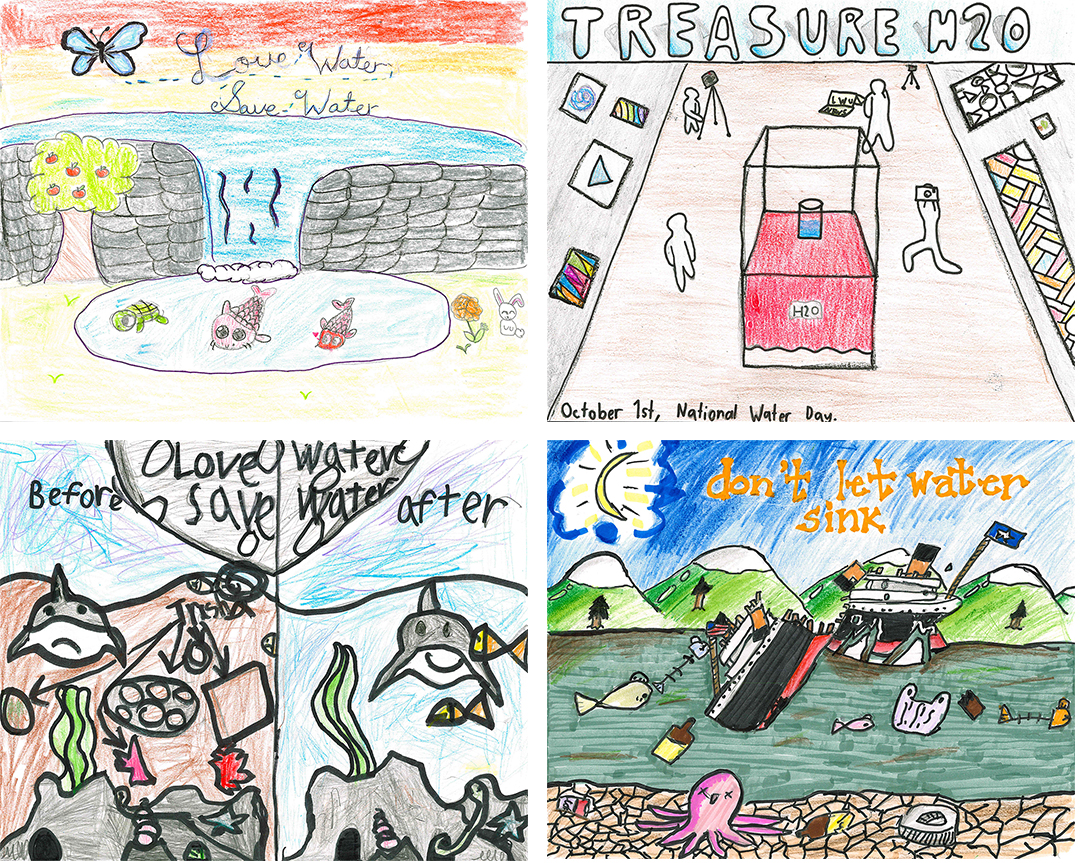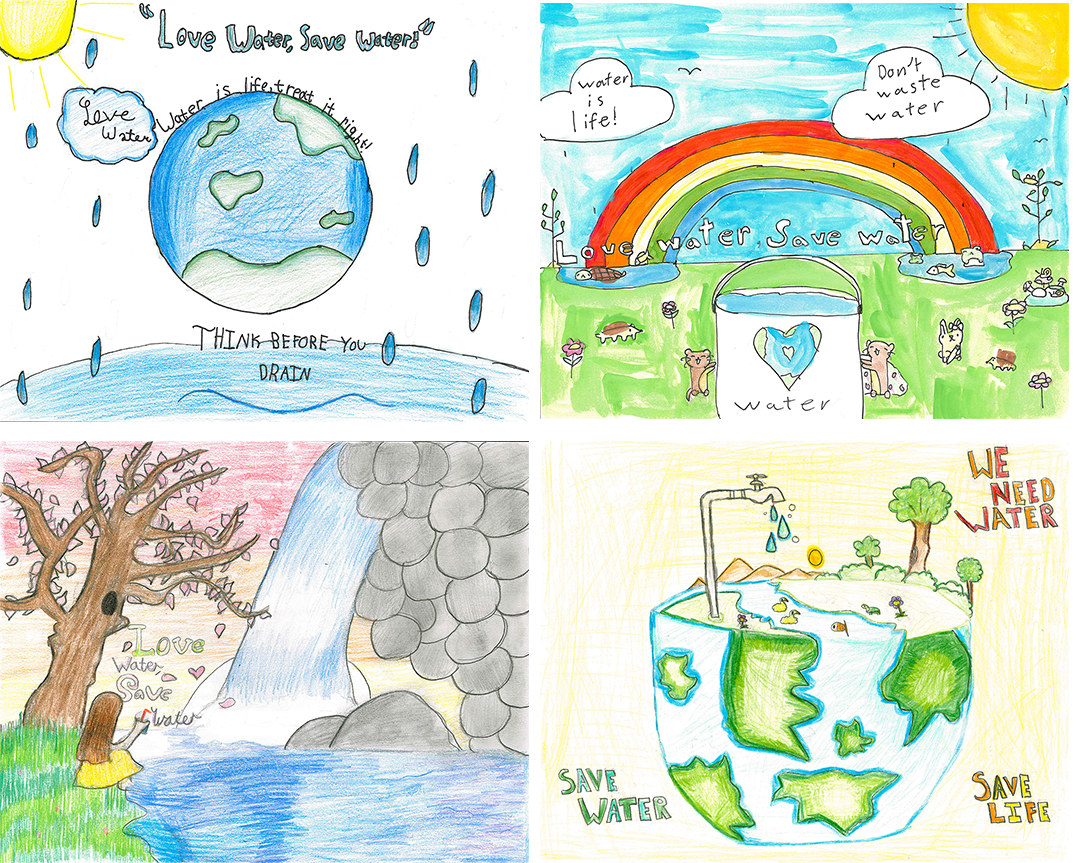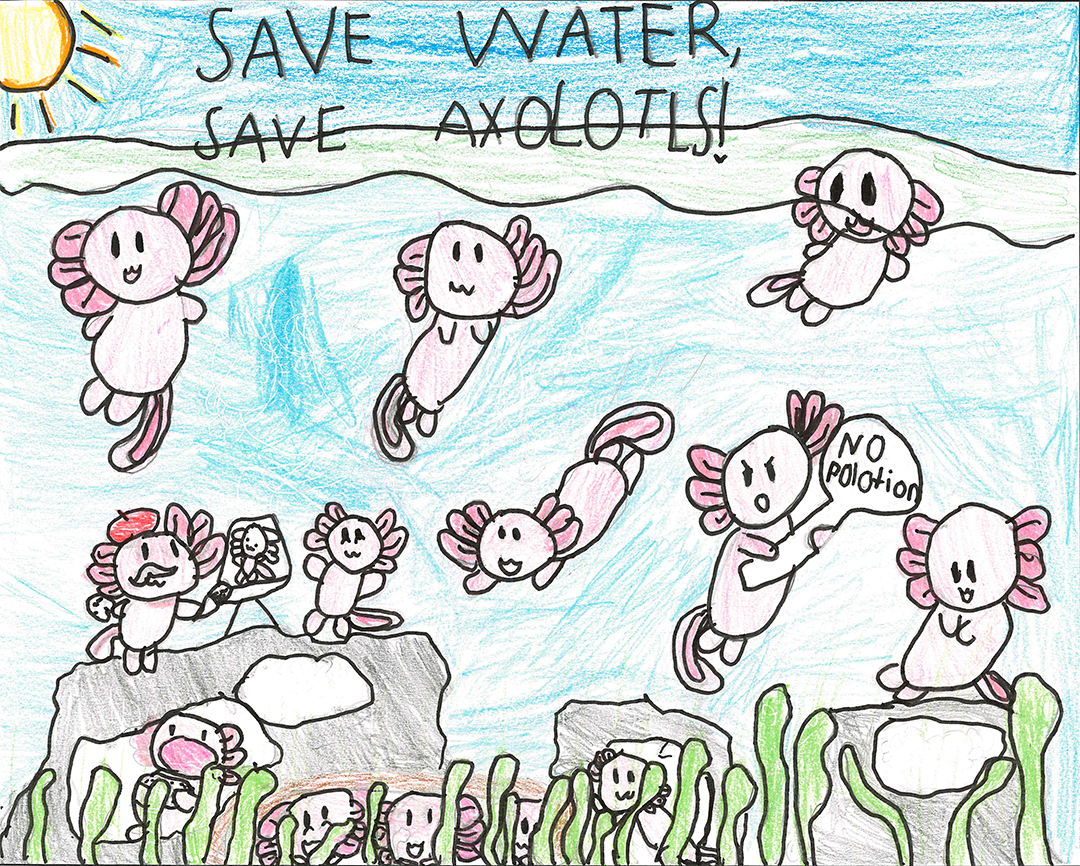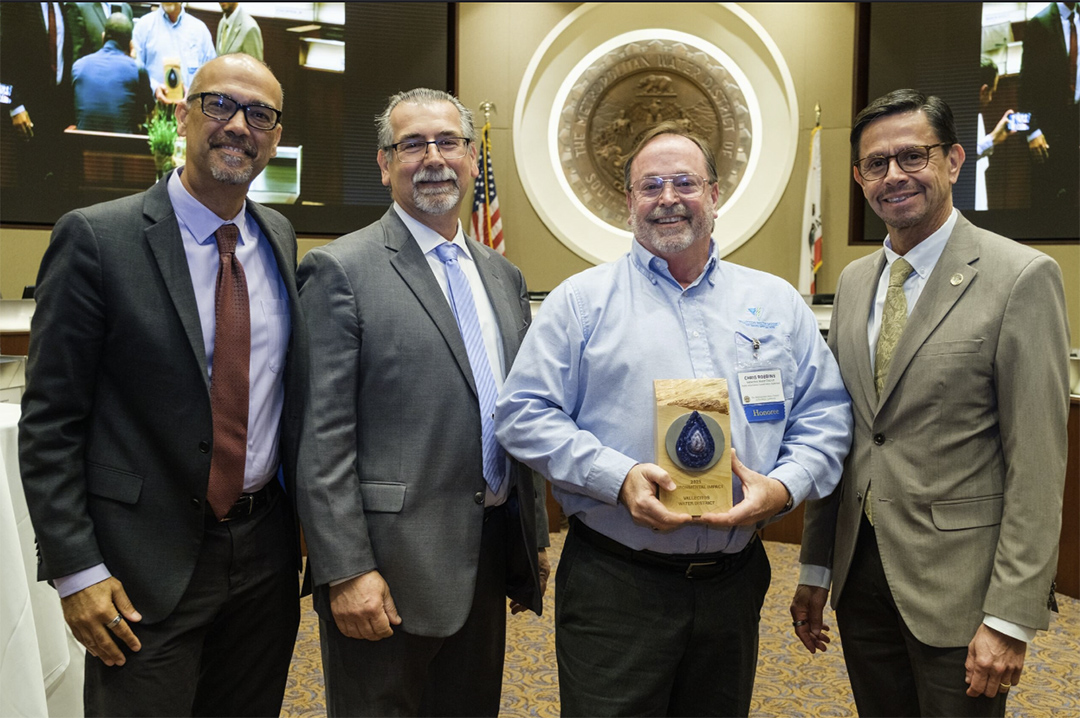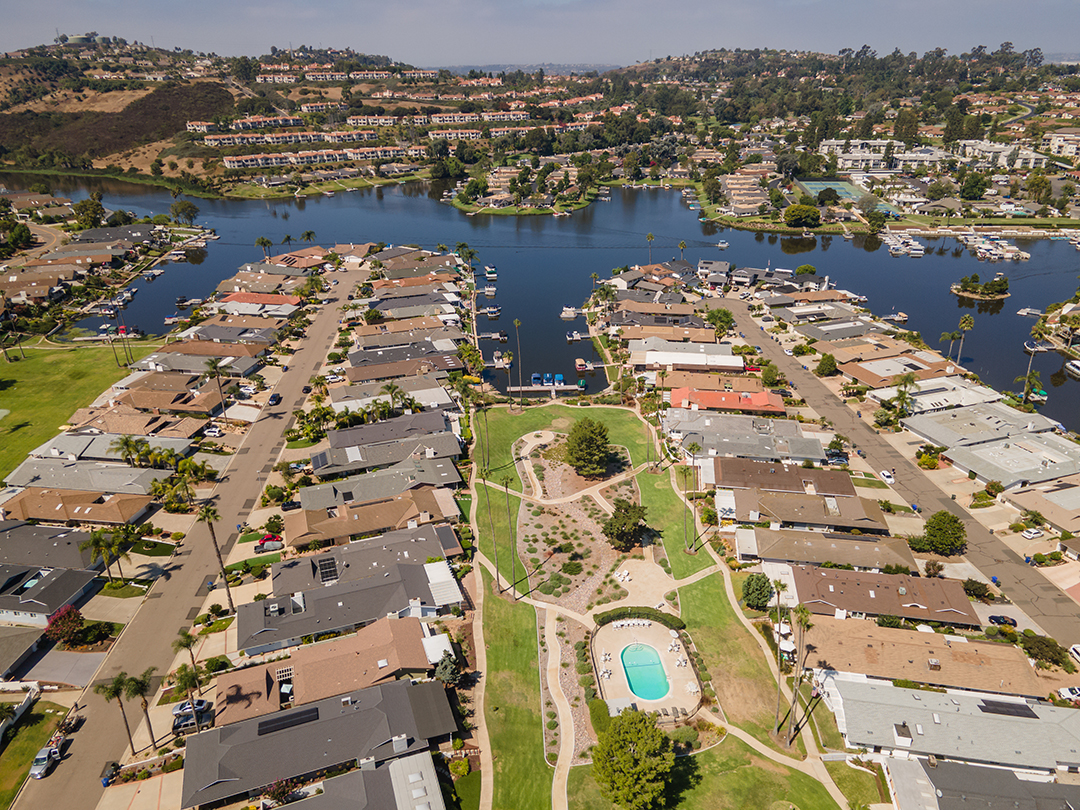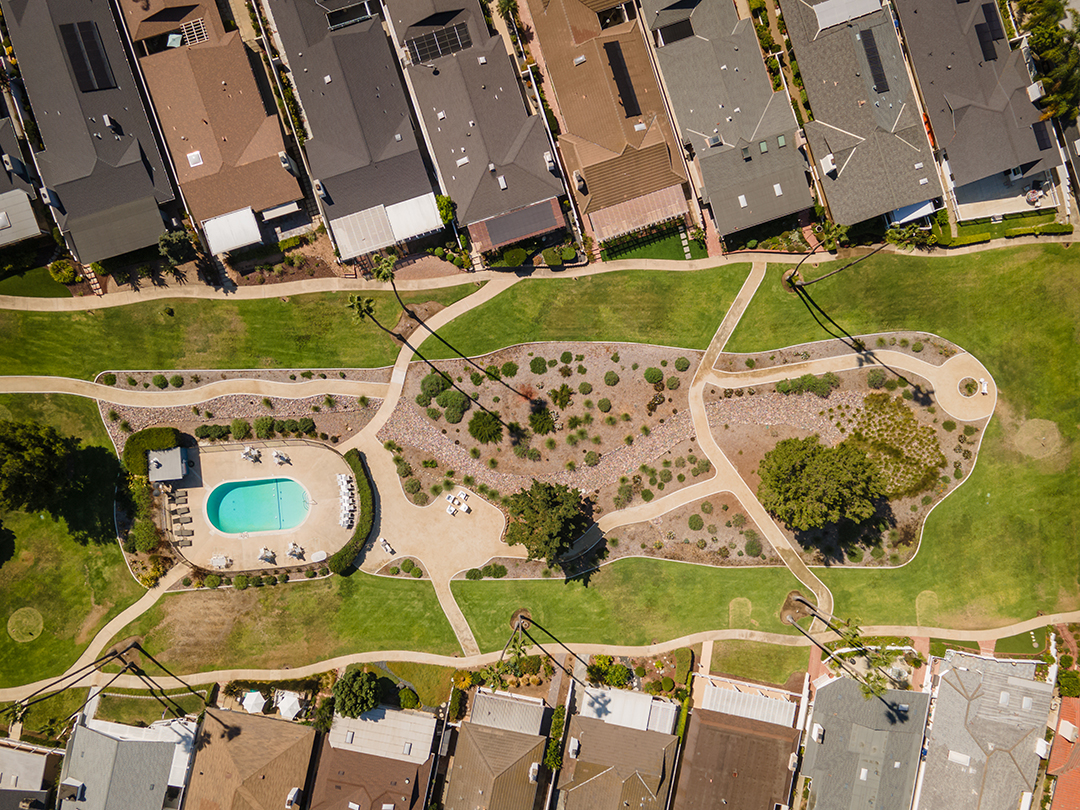Students Recognized For Scholarship Excellence by Vallecitos Water District
The Vallecitos Water District (VWD) Board of Directors recognized students from district schools for their excellence in the classroom, awarding $2,000 scholarships to six deserving students.
The scholarship program was established by the board in 2022 to provide scholarships to high school students, as well as students at Palomar College and California State University San Marcos. In 2024, scholarships were increased from the original $1,000 award to $2,000 for up to six students annually.
The scholarship contest opened on February 3, 2025, with a submission deadline of April 25, 2025. High school and college counselors were encouraged to let students know about the scholarship opportunity. Candidates submit an application, a personal essay, a letter of recommendation, and a financial needs worksheet.
The District’s Public Awareness/Personnel/Policy (P3) Committee reviews and recommends scholarship recipients to the Board of Directors each year. Twenty-four applications were received by the District this year.
Committee members assessed the applications, including completeness of the application packet, current enrollment of the student, future enrollment of the student, and whether the student had plans to pursue a career in water or a related field. Six applicants were forwarded to the Vallecitos Board of Directors, with the committee recommending scholarship awards.
Scholarship Winners Get All-Star Honors
The 2025 scholarship recipients include three high school students and three college students. Angel Martinez attends Mission Hills High School; Brady Minger attends San Marcos High School, and Ricardo Cardenas attends Twin Oaks High School.

The 2025 Vallecitos Water District scholarship recipients include: Back row (L to R): Board members Tiffany Boyd-Hodgson, Craig Elitharp; Board President Jim Pennock; Board member Jim Hernandez, Board Vice President Jennifer Kerschbaum. Front row: Lindsay Pratel and Carolina Lopez. Photo: Vallecitos Water District
Carolina Lopez and Lindsay Pratel attend Palomar College, and Kai Leffler attends CSU San Marcos.
Vallecitos Public Information/Conservation Supervisor Chris Robbins livened up the presentation by introducing the recipients to the board in the style of a ballpark announcer as each student stepped up to ‘the plate’ with personal information about the recipient.
“Leading off for the Vallecitos Scholarships, setting the table, Palomar student and successful intern with Vallecitos during the recent Spring semester, Lindsay Pratel.
“Second in your lineup is the contact man, making contacts at the Boys & Girls Clubs Career Connections and Mock Interview event, from Mission Hills High School, Angel Martinez.
“Coming up third, with a combination of power and precision, where he recently took part in a mentorship program volunteering several times a week to work with elementary school students, from Twin Oaks High School, Ricardo Cardenas.
“In the clean up spot, looking to have a career in Human Resources for a water district, and he just completed his Bachelor’s degree from Cal State San Marcos, Kai Leffler.
“Up fifth, keeping the rally going, from Palomar College with a specific interest in water use efficiency and public affairs, Carolina Lopez.
“Up sixth, the last of our Vallecitos scholarship winners, who plans on majoring in mathematics with a minor in environmental policy, from San Marcos High, Brady Minger.”

